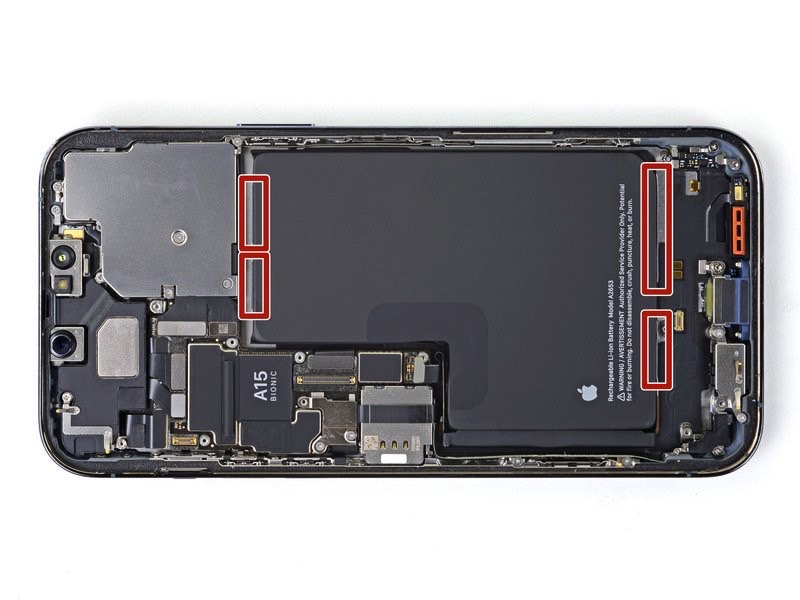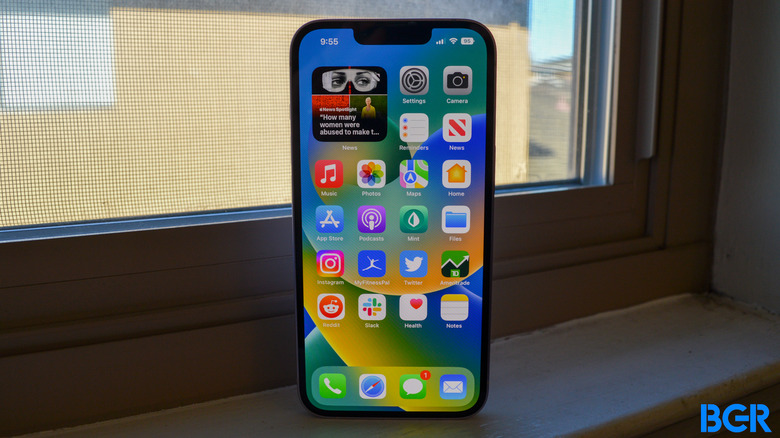EU Law Might Force Apple To Make iPhone Batteries Easier To Replace
Apple introduced the Self-Service Repair program earlier this year which lets you fix a variety of devices at home if you're feeling adventurous. That includes replacing the iPhone battery — a routine procedure that many old iPhones could use. But replacing the battery isn't easy. You need specialized equipment from Apple to do the job. It's a better idea to just take your iPhone to a professional.
But what if Apple made an iPhone with an easy-to-replace battery? The European Union (EU) might force Apple, and everyone else manufacturing battery-powered devices, to ensure that users can replace the batteries with ease.
The EU is already requiring Apple to make significant changes to the iPhone faster than Apple might have wanted to. Due to new legislation in the European block, the iPhone will get a USB-C port, maybe as soon as this year. Third-party App Store alternatives might come to the iPhone courtesy of a different EU bill.
Apple might have adopted these changes on its own terms, assuming it ever wanted to implement them. For example, the move to USB-C seemed improbable before the new EU law. Apple was seen as more likely to release a buttonless and portless iPhone that would recharge wirelessly instead of using Lightning or USB-C.
That might be where the iPhone is heading. And such an iPhone design would not benefit from making the battery user-replaceable. One of the great side-effects of making a portless iPhone is that the device becomes waterproof. Dismantling the iPhone at home to replace the battery doesn't sound a great idea in such a case.

iPhone 13 Pro Max battery design.
That said, we might be years away from such a law. The EU's new legislation proposal aims to reduce waste and improve the user experience with battery-powered devices like the iPhone.
But for now, the Parliament and Council of the EU only reached a provisional agreement concerning all sorts of batteries:
The agreed rules will cover the entire battery life cycle, from design to end-of-life, and apply to all types of batteries sold in the EU: portable batteries, SLI batteries (supplying power for starting, lighting or ignition of vehicles), light means of transport (LMT) batteries (providing power for the traction to wheeled vehicles such as electric scooters and bikes), electric vehicle (EV) batteries and industrial batteries.
The EU wants batteries to be easier to remove and replace and consumers to be better informed, the press release explains. Manufacturers like Apple will then have 3.5 years to comply with the new law:
Three and a half years after the entry into force of the legislation, portable batteries in appliances must be designed so that consumers can easily remove and replace them themselves.
Put differently, Apple might have until the end of the decade to make the iPhone battery easier to replace. That sounds daunting, but if anyone can pull off a waterproof iPhone design with a user-replaceable battery, that's Apple.
The bigger problem for Apple might be smaller devices like the AirPods. These are notorious for the inability to replace the battery. They become waste when the battery eventually dies.
The new law isn't about the iPhone or AirPods, however. It concerns all battery-powered devices or vehicles. The overall aim of the European Union's proposal is to make batteries safer for the environment. Manufacturers will also have to collect used batteries and recycle various metals for use in other batteries.
